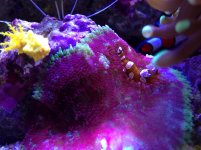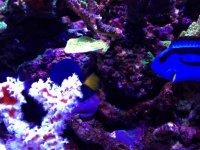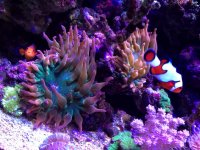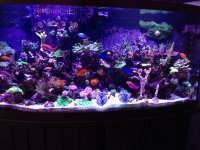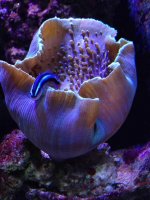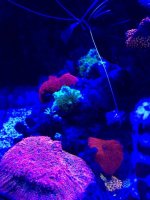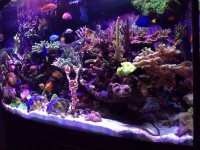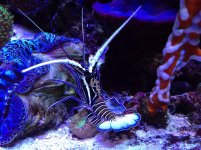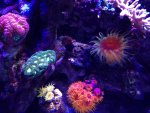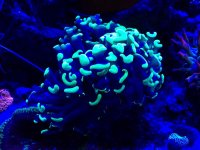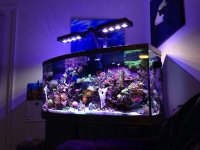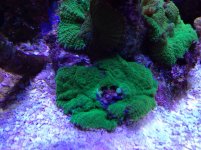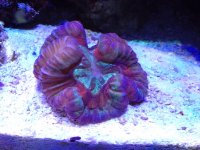- Location
- massachusettts #1 tank
You are using an out of date browser. It may not display this or other websites correctly.
You should upgrade or use an alternative browser.
You should upgrade or use an alternative browser.
My 72 gall bow front
- Thread starter Ledreef
- Start date
- Location
- massachusettts #1 tank
- Location
- massachusettts #1 tank
- Location
- Franklin Square, NY
beautiful tank!....but I'm curious how is it possible to maintain such colorfull corals with your phos @.12, and you don't use a reactor or dose anything? with a full tank there must be a high demand for cal/alk etc... my tank #s would drop like a rock within hours without a reactor...whats your secret?
- Location
- massachusettts #1 tank
- Location
- Franklin Square, NY
and you only replace 25 gallons every two weeks and are still are able to maintain alk 7, cal 380 and mag 1200 daily without it dropping within those two weeks? or do you replace some daily?
- Location
- massachusettts #1 tank
- Location
- massachusettts #1 tank
- Location
- massachusettts #1 tank
- Location
- 10022
your tank is very healthy!!
outstanding job!
I love the PVC goby house :approve:
how long do you have the lobster ? doesn't mess with your sexy shrimps? I will love to add one to my reef
outstanding job!
I love the PVC goby house :approve:
how long do you have the lobster ? doesn't mess with your sexy shrimps? I will love to add one to my reef
- Location
- massachusettts #1 tank
Blue Lobster, Panulirus versicolor, is an aquarium addition that helps add species diversity to the home aquarium. Also known as the Spiny Lobster, its color varies in shades of blue and indigo. The white bands that cross its carapace segments and its long, active antennae are characteristics that denote the Blue Lobster. Not recommended for reef aquariums, it will typically not bother other aquarium inhabitants with the possible exception of some invertebrates and smaller bottom-dwelling fish. Blue Lobsters have been kept with more than one to an aquarium, but this is generally not recommended and they should certainly be kept well-fed, if kept in multiples. Because it can grow to sizes around one foot in length, corals and other ornaments may be toppled by its excavating actions. Typically shy initially, this lobster is a highly effective scavenger that will feed on most any meaty food. It is a true carnivore that has a penchant for clam meat. Medications containing copper must never be used in the presence of lobsters (or of most hard-shelled crustaceans.) All lobsters require Live Rock or similar aquarium decoration to use for hiding, especially when molting. Molting generally occurs at night, when the lobster will lay on its back and exit its exoskeleton. A new exoskeleton is excreted and will harden over a period of several hours. The animal is vulnerable at this time and should not be disturbed.
- Location
- massachusettts #1 tank
- Location
- NYC
Nice work. Great coloration in your tank!
- Location
- massachusettts #1 tank
- Location
- massachusettts #1 tank
- Location
- massachusettts #1 tank
- Location
- massachusettts #1 tank
- Location
- massachusettts #1 tank
- Location
- massachusettts #1 tank
- Location
- massachusettts #1 tank




